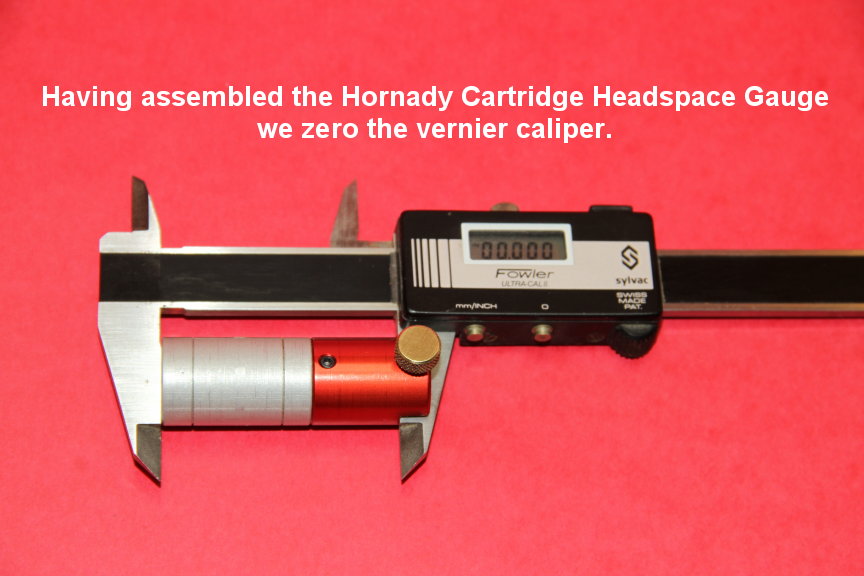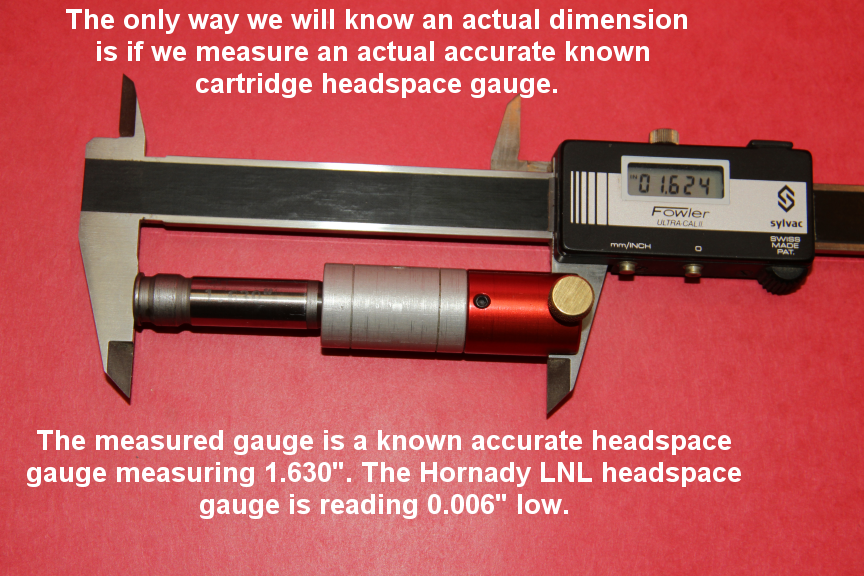I have a question for you gurus. I had my rcbs FL sizing die setup to size once fire LC brass just enough for them to chamber without a bullet in my savage axis 2 heavy barrel and sized about 300 cases on this setting. I have another axis I 223rem regular barrel and all the cases chambered fine except a couple were very tight. why is this? all were ran through the FL die and fit in a case checker. it also appears this regular barrel has a super long throat because in the heavy barrel a 55gr v max bullet must be seated to 2.25ish and the book says 2.250. anything longer than 2.25 I get rifling marks and its hard to chamber. I made a dummy round today with the v max for the regular barrel and at 2.250 it chambered fine, I could probably go longer too but not.
Now for the headspace question. I lost the setting on the die and set it back up per the instructions. firing these through the regular barrel and being able to seat bullet super long will this help me get tighter brass to be able to set the die back up for the heavy barrel or does the throat have nothing to do with the headspacing? basically with me being able to seat the bullet long meaning longer throat will it let the brass grow more than the heavy barrel so the brass from the regular barrel can be fitted to the other.
I know I can just go try it but don't want to mess up the brass if that's even possible.
Now for the headspace question. I lost the setting on the die and set it back up per the instructions. firing these through the regular barrel and being able to seat bullet super long will this help me get tighter brass to be able to set the die back up for the heavy barrel or does the throat have nothing to do with the headspacing? basically with me being able to seat the bullet long meaning longer throat will it let the brass grow more than the heavy barrel so the brass from the regular barrel can be fitted to the other.
I know I can just go try it but don't want to mess up the brass if that's even possible.





